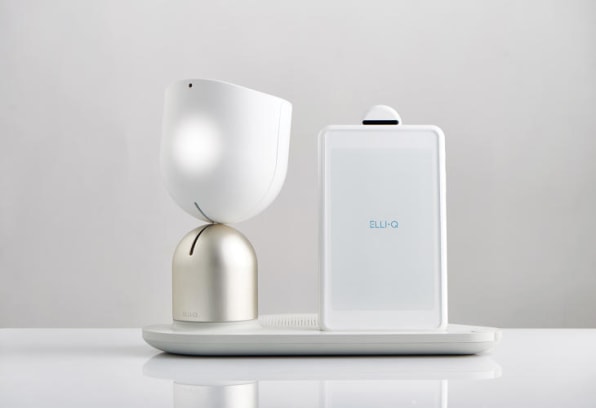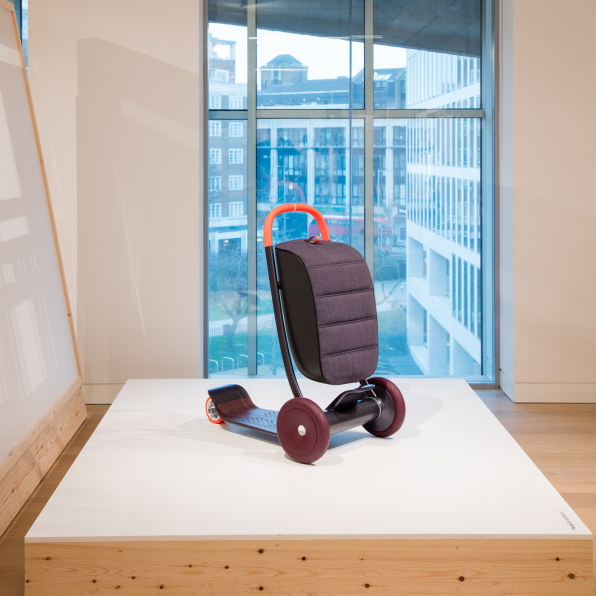Our idea seems to easily hit all 5 ways to well-being. "Be active" is potentially the only one which is not as strong. But being active is a relative term, for seniors going for a 10 minute walk to the supermarket can be being active. Or cleaning for example. So the idea that we are getting seniors out of their houses and physically outside of their usual routine is an important factor.
Journey map:

We brainstormed a quick journey for the elderly of how they might find out about the event to the logistics of getting there and what will happen there.
Because we have such different audiences, it's important we cater to each one. Elderly might be most comfortable with physical things which they can keep rather than say a social media advert or a poster. We already know that Wellington City mission visits the elderly and so a flyer could be distributed to seniors living alone and also in public spaces like the supermarkets or doctors etc... We were thinking that maybe the flyer could have a form which the seniors fill out and gets sent back to us as an RSVP. The flyer would need a lot of information, about what it is, where it is etc...
We would have a website where people can see the next events and get information and potentially sign up on the site.
We also just thought it would be nice to have a book which is a collection of recipes from the events. And because we want to continue the idea of sharing advice, the book could contain advice from the events.
At the event, we are still using cooking as an icebreaker to start conversations and make relationships. We believe the event could let two generations benefit from the company of each other and one way the seniors could help youth is through advice. The participants would be encouraged to chat and share advice with each other.
There could also be an "advice wall" where people pin up their advice for others to see.
Here is a list of potential print out touch points:
- Poster
- flyer
- contact card exchange
- question cards
- a loyalty card (like a coffee card).
- a notepad
- business card
- name tag
- calendar/reminder/dates card
- the collective book
Another touchpoint would be the website.
2nd Exchange
Met up with my exchange group again. It felt like the first meet up again because I had to explain my idea from scratch and I didn't have any design to show them because our idea was is so new! I explained our new event-based idea and everyone loved it. Previously, a couple of people were concerned about the app and how it wouldn't work with seniors, but now they think its a great idea for targeting those who don't see their grandchildren much. It also means that seniors can bring their friends along and it becomes more of a social gathering.
Geogia mentioned that her Nana has become quite timid and comfortable in her routine and that a social gathering like this might be really intimidating. This is something to seriously consider. Perhaps we just advertise to bring along a friend. And also using the social workers who visit seniors to encourage them would be a great idea.
The atmosphere and things at the event would be important fo rthis aspect as well, to settle the participants and make them comfortable.
2nd Exchange
Met up with my exchange group again. It felt like the first meet up again because I had to explain my idea from scratch and I didn't have any design to show them because our idea was is so new! I explained our new event-based idea and everyone loved it. Previously, a couple of people were concerned about the app and how it wouldn't work with seniors, but now they think its a great idea for targeting those who don't see their grandchildren much. It also means that seniors can bring their friends along and it becomes more of a social gathering.
Geogia mentioned that her Nana has become quite timid and comfortable in her routine and that a social gathering like this might be really intimidating. This is something to seriously consider. Perhaps we just advertise to bring along a friend. And also using the social workers who visit seniors to encourage them would be a great idea.
The atmosphere and things at the event would be important fo rthis aspect as well, to settle the participants and make them comfortable.




























































